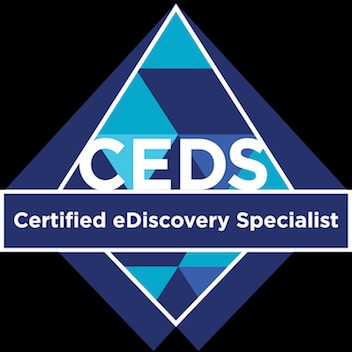티스토리 뷰
- Early case assessment (ECA) moves from a “nice to have” to a “must have” requirement for any matter involving electronically stored information (ESI). In 2009, we saw ECA move into the mainstream as a methodology to quickly understand case facts, assess risk and lower both review and data processing costs. But, in 2010, with the advancement of the tools and the increased socialization within the bar and the litigation support community, ECA will graduate into a core methodology for savvy litigators regardless of matter type or size.
- Appetites for broad information lifecycle management initiatives diminish as organizations realize these programs are far too complex to solve specific pain points, and they often take too much time (measured in years) to execute. The economic reality is that these holistic, cross data, cross enterprise pipe dreams really can’t demonstrate the ROI that’s needed in today’s challenging economy.
- Staffing roles continue to evolve with a newfound focus on project management. The role of an in-house e-discovery coordinator will emerge as more of a project management and analyst versus pure legal or IT. This shift will become increasingly necessary as e-discovery evolves from an ad-hoc fire drill to a standard business process that is repeatable, measurable, and defensible.
- Data analytics and statistical methodologies gain traction to augment the type of subjective decision making approaches that have historically formed the backbone of the e-discovery search and review processes. These objective methodologies have long been called on as best practices by the likes of the Sedona Working Group. In 2010, they now will start to move from theoretical to practical task as e-discovery tools increasingly move in-house and departments enhance defensibility and add elements such as sampling into the workflow.
- Platform e-discovery solutions finally become a reality as customers finally graduate from painfully stitching point solutions together, thus requiring less physical document hand-offs (i.e., exports and imports) between applications, cutting costs and lowering the risk of data loss.
- Associate-based review gradually goes extinct, as both clients and law firms tire of expensive, linear review processes. More review work becomes either insourced or is managed with specialized contract attorneys, who are both cheaper and better trained for this type of work.
- Similarly, FRE 502 and “clawback” agreements will be increasingly used to reduce the need for any manual, eyes-on review, although many litigators will resist this trend because of the fears of “un-ringing the bell” when privileged information is disclosed in any context.
- While perhaps anathema, alternatives to the much lauded EDRM model will gain traction, as practitioners strive to find an even better, and perhaps more practical, project management framework, in many cases acknowledging the role that the EDRM has taken in forming *the* lingua franca of the e-discovery industry.
- The push for cooperation in the e-discovery process, will make incremental progress despite reticence by old school litigators. Increasingly, this type of cooperation, as strongly advocated by the Sedona Working Group, will be ironically forced by judges and local rules.
- “Cloud” computing starts to really impact how e-discovery data preservation/collection is done, both in terms of social media and traditional ESI. More and more companies block social media applications and file types in the workplace because of fears surrounding the inability to preserve and collect
'eDiscovery' 카테고리의 다른 글
| A Great eDiscovery News Posting Site (0) | 2010.12.03 |
|---|---|
| CMSWire presents Clearwell's Top Five eDiscovery Trends of 2010 (0) | 2010.10.14 |
| Proactive Strategies For Dealing With The Challenges Of eDiscovery (0) | 2010.10.12 |
| The Top 50 eDiscovery Providers (0) | 2010.10.11 |
| What you need to know when you perform Information Mangement (0) | 2010.10.06 |
